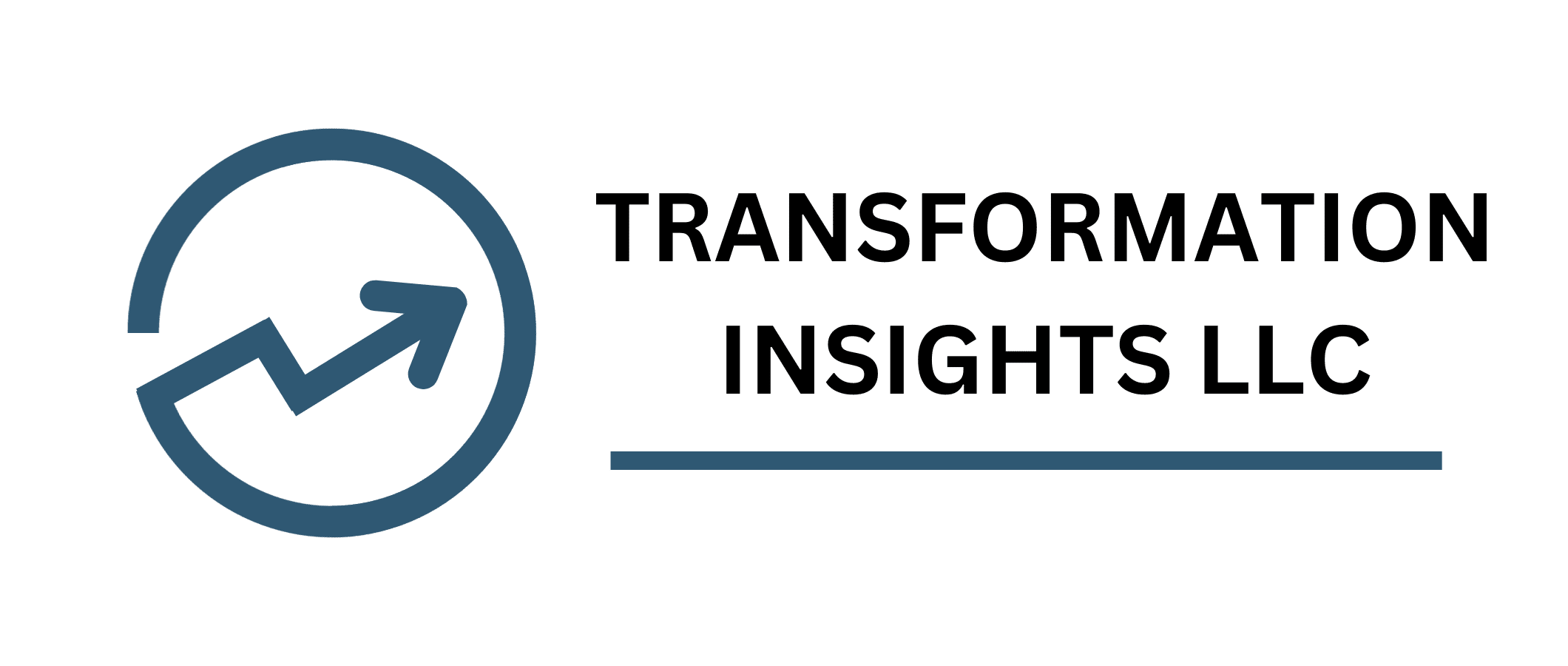By Heidi Hattendorf
With so many market choices, understanding your customers and anticipating future needs is a more critical requirement than ever before. The timeline has accelerated to demonstrate value and help them with their own revenue and customer challenges. The customer journey is not a straightforward path and maybe never was. Instead, it’s a web of interactions and touchpoints that require a nuanced and data-driven approach to truly grasp. Modern frameworks like the GTM Partners OS, Winning by Design, and communities like RevGenius offer valuable insights into how businesses can navigate these complexities. But the real power lies in how you apply these insights to uncover and meet your customers’ needs effectively.
Navigating the Non-Linear Customer Journey
In the past, the customer journey was often represented as a linear process, moving from awareness to consideration to decision. Even the traditional sales funnel implies a serial process. However, today’s B2B customers don’t follow a predictable path. Instead, they may jump between stages, revisit earlier steps, or engage with multiple channels simultaneously. This non-linear journey requires businesses to be agile, responsive, and deeply attuned to the nuances of their customer’s behaviors and needs.
Key considerations for navigating the customer journey:
- Multi-Channel Engagement: customers interact with your brand across various touchpoints—from multiple digital channels including website, social media, ads, webinars, and content, to direct sales interactions or industry events. Ensuring consistency and alignment across these channels is crucial for maintaining a cohesive experience.
- Journey Mapping: develop detailed customer journey maps that account for the various paths a customer might take, allowing you to identify key moments of influence and opportunity.
- Adaptable Messaging: your messaging must be flexible enough to resonate at different stages of the journey, addressing both the expressed needs of customers and those needs that are uncovered as the relationship evolves.
Leveraging Data-Driven Insights for B2B Success
Data is at the heart of understanding the needs of response of your customers. By leveraging data effectively, you can move beyond surface-level observations to uncover deeper insights that drive meaningful business decisions. This approach not only helps in understanding current needs but also in predicting future demands.
Steps to integrate data-driven insights into your B2B strategy:
- Real-time data collection: Implement systems that allow for the continuous collection of customer data, providing up-to-date insights into behavior and preferences. Some platforms have this integrated.
- Predictive analytics: Use predictive analytics to anticipate shifts in customer needs, enabling you to stay ahead of the competition and meet uncovered needs proactively.
- Feedback loops: Establish continuous feedback loops to refine your understanding of the customer journey and adjust your strategies accordingly. This can be project level pulse surveys or more in-depth customer engagement surveys conducted annually.
Uncovering Needs: Moving Beyond the Stated
One of the most powerful aspects of a data-driven approach is its ability to uncover needs that customers may not initially express. These uncovered needs, when identified and addressed, can significantly enhance customer satisfaction and loyalty. Innovation is often driven from bringing in new ideas and addressing problems in unique ways to provide more revolutionary vs incremental change.
Here are a few techniques for uncovering needs based on my experience:
- Behavioral and sentiment analysis: Analyze customer behavior data to identify patterns that suggest unmet needs or potential areas for improvement.
- In-depth interviews: Engage with key stakeholders to explore their challenges in depth, revealing needs that might not surface in standard surveys. It’s important to involve different roles in this exercise including different levels within the customer team.
- Cross-functional collaboration: Work closely with different departments, from sales to product development, to share insights and identify opportunities to better serve your customers. For smaller companies it could simply be different people that will interface across.
Turning Insights into Actionable Plans
The ultimate goal of understanding your customer is to translate insights into action. This involves not only identifying uncovered needs but also integrating these insights into your broader business strategy, ensuring that they inform every decision you make.
Strategies for turning insights into actionable B2B strategy:
- Strategic Alignment: ensure that customer insights are aligned with your overall business strategy, from product development to marketing and sales.
- Continuous improvement: use customer feedback to drive continuous improvement, refining your offerings and approach to better meet customer needs.
- Customer-centric culture: foster a culture that prioritizes customer understanding at every level of the organization, empowering teams to act on insights and drive results. A company that is only trying to promote itself and is not asking for feedback will miss out on the nuances until it might be too late.
Summary: Leading with Data-Driven Customer Understanding
A deep understanding of both the changing market and the customer is of course essential for success. By adopting a data-driven approach, navigating the non-linear customer journey, and focusing on uncovering and addressing needs, businesses can position themselves as true partners to their customers. Modern frameworks and communities provide the tools and methodologies needed to achieve this, but the real impact comes from how you apply these concepts to drive meaningful, customer-centric strategies.

